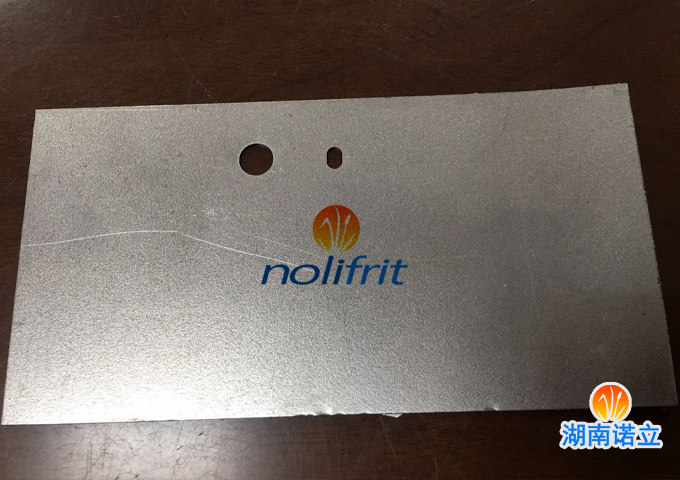The Influence of The Chemicals in Enamel Steel
Carbon (C): As the carbon content increases, the yield strength and hardness of the steel plate will increase; the shrinkage and elongation of the section will decrease accordingly. The lower the carbon content of steel, the more suitable for cold working. During firing, the carbon will be oxidized into gas, and when the gas is discharged, it will cause defects in the porcelain layer. The most ideal use is zero carbon steel, decarburized steel, titanium steel and boron-added steel.

Manganese (Mn): Manganese can be combined with oxygen to form MnO2, forming a vacuum in the steel to absorb hydrogen and sulfur, avoiding poor ceramic layers, and at the same time enhancing the hardness and elasticity of the steel, but reducing the ductility, so it is not suitable for deep drawing processing . Therefore, the higher the manganese content, the greater the force required for processing variants.
Phosphorus (P): Phosphorus dissolved in ferrite will significantly reduce the plasticity of steel, which can reduce the deformation of steel during hot forging. When the phosphorus content is about 0.1%, the metal becomes brittle and cannot be plastically processed, so in terms of drawing processing, the phosphorus content should be below 0.05%.
Sulfur (S): It will form iron sulfide (FeS) with iron and manganese sulfide (MnS) with manganese at the same time. It is stored in steel to give the steel brittleness and at the same time produce bad gas forming ceramic layer, so there should not be too much. The presence of sulfides will greatly affect the structure of the steel plate and promote the production of streaks, thereby reducing the plasticity and toughness of the steel. Even if the tensile efficiency is reduced, bubbles and pores will appear in the ceramic layer.
Silicon (Si): Steel sheets with silicon content below 0.37% can generally be stretched, but beyond this value, even steels with very low carbon content will become hard and brittle, which is not suitable for use Deep-drawing processing, and affect the adhesion performance.
Titanium (Ti): an active metal that easily forms titanium dioxide (TiO2) with oxygen, absorbs hydrogen and nitrogen (TiN), and also forms a stable compound (TiS) with sulfur. Not only a desulfurizer, but also sulfur can be evenly distributed in the steel, while titanium can form titanium carbide (TiC) with carbon to purify steel. Titanium added to steel is very beneficial to enamel. Because it can combine with various components in enamel, the adhesion is increased. In wet flow enameling, wet spray enameling and electrostatic powder spraying, titanium steel is more Ideal substrate.
Aluminum (Al): Aluminum can react with dilute strong acids (such as dilute hydrochloric acid, dilute sulfuric acid, etc.). This produces hydrogen and the corresponding aluminum salt. Aluminum-containing steel, can be cast continuously, with sparse composition and less impurities, good cold working ability, not easy to break during stretching, but the biggest disadvantage is that fish scales are prone to defects and reduced adhesion strength after enamelling. The aluminum content should not exceed 0.05% .